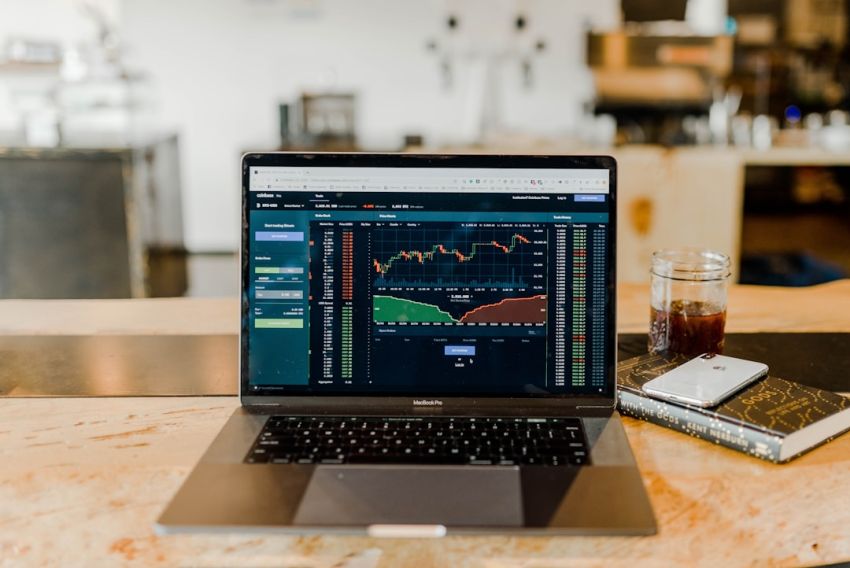Government spending plays a crucial role in shaping the overall economy of a country. One of the key indicators influenced by government spending is the Gross Domestic Product (GDP). Understanding the impact of government spending on GDP can provide valuable insights into how fiscal policies can be used to stimulate economic growth and development.
The Relationship Between Government Spending and GDP
Government spending refers to the total amount of money that a government allocates towards various sectors such as infrastructure, healthcare, education, defense, and social welfare programs. When the government increases its spending in these areas, it can have a direct impact on the overall economy.
Government spending is a significant component of GDP, along with private consumption, investments, and net exports. In most economies, government spending accounts for a substantial portion of the GDP. When the government invests in infrastructure projects, for example, it creates jobs, stimulates demand for goods and services, and boosts economic activity.
Stimulating Economic Growth Through Government Spending
One of the primary ways in which government spending impacts GDP is by stimulating economic growth. When the government invests in key sectors such as infrastructure, it creates a multiplier effect that ripples through the economy. For instance, when the government funds a new road construction project, it not only creates jobs for the construction workers but also stimulates demand for materials such as cement, steel, and machinery.
This increased economic activity leads to higher production levels, increased consumer spending, and ultimately, a boost in GDP. By strategically allocating funds towards projects that have high economic multipliers, governments can effectively stimulate economic growth and drive overall prosperity.
Counter-Cyclical Fiscal Policies
Government spending also plays a critical role in stabilizing the economy during times of economic downturns. During recessions or periods of low economic growth, governments can use fiscal policies to inject funds into the economy and stimulate demand. This can be done through increased spending on social welfare programs, tax cuts, or direct investments in key sectors.
By implementing counter-cyclical fiscal policies, governments can prevent further economic contraction, support businesses and households, and ultimately, help revive economic growth. This proactive approach to managing the economy through government spending can mitigate the impact of recessions and ensure a more stable economic environment.
Balancing Fiscal Responsibility and Economic Growth
While government spending can have a positive impact on GDP, it is essential for governments to strike a balance between fiscal responsibility and economic growth. Excessive government spending without proper revenue generation can lead to budget deficits, inflation, and unsustainable debt levels.
It is crucial for governments to carefully evaluate their spending priorities, ensure transparency and accountability in budget allocations, and implement measures to enhance revenue generation. By adopting a prudent fiscal policy framework, governments can effectively leverage government spending to drive economic growth while maintaining long-term fiscal sustainability.
In conclusion, the impact of government spending on GDP is undeniable. By strategically allocating funds towards key sectors, implementing counter-cyclical fiscal policies, and balancing fiscal responsibility with economic growth objectives, governments can effectively harness the power of government spending to stimulate economic growth, create jobs, and drive overall prosperity.










